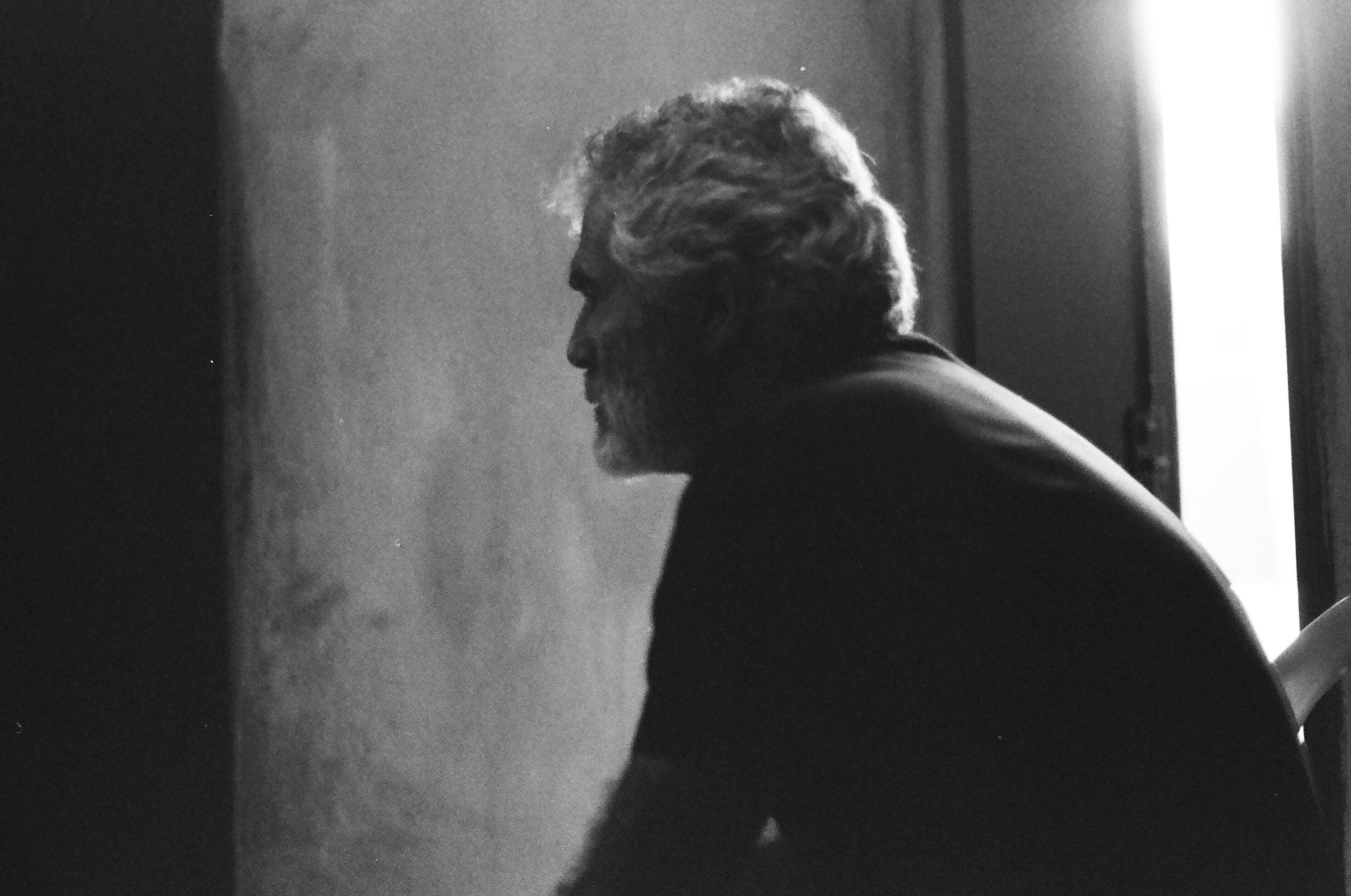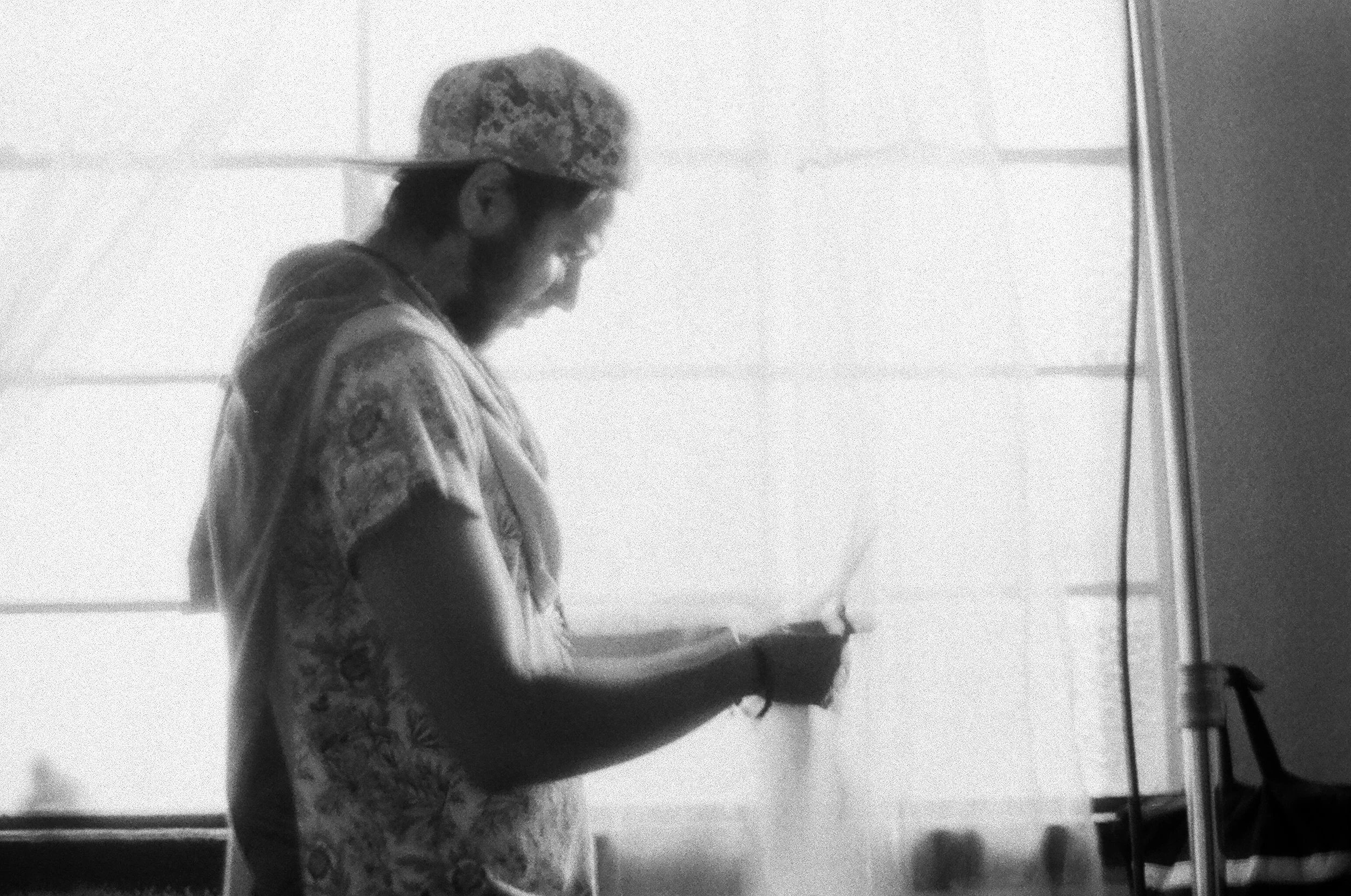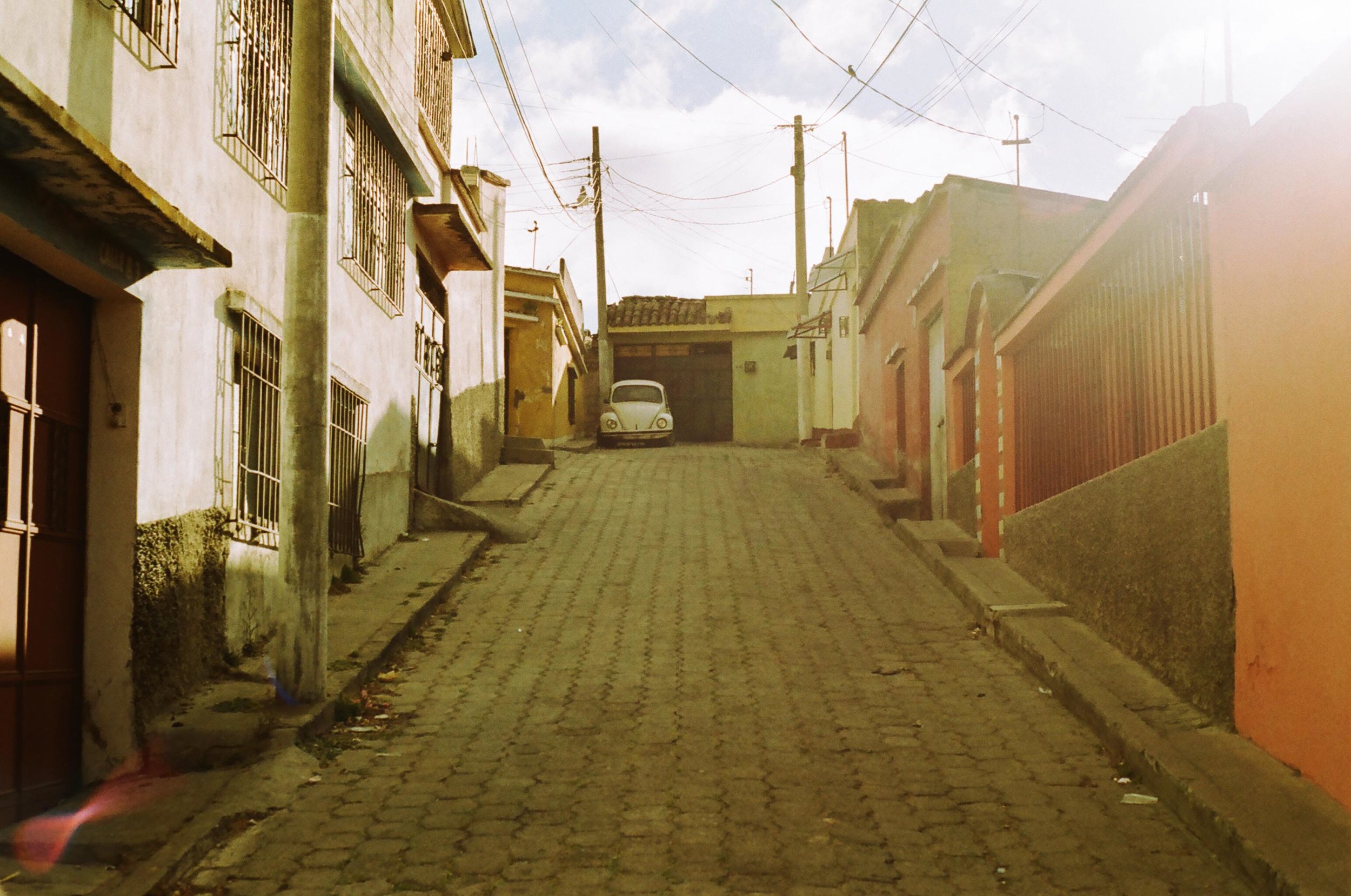Guatemala Always
Guatemala
2017
By David Lombroso
It began late one Tuesday night on an impulsive whim to ditch prior plans and join an old friend at a cocktail party in the West Village. This was last November, just days before the 2016 presidential election, and there was a pervasive feeling of uncertainty in the air, confounded on a personal level by a recent break up, a professional falling out and the end of a six year stint living in the same north Brooklyn neighborhood. Little did I know, this seemingly incidental New York night out would lead me, just a week later, to catch a one way ticket to the land of eternal spring.
The party turned out to be a short film premiere for a young Guatemalan filmmaker named Mauricio. After the screening, Mau and I chatted, bonding over our shared interest in filmmaking (and a few rounds of mezcal). Though we exchanged information, I was more than surprised to hear from him a week later, ever more so when he offered me a job on an indie feature he was producing in his country’s capital city.
Since I really did have nothing going then, I accepted the offer, diving in head first both to escape the toxic post-election climate in the states and to explore the unknowable future just beyond our purportedly fragile border. What would happen if I didn’t have a plan? If I just went with what felt right, work a bit here and travel a bit there. After spending my 20’s trying to slot myself in to the NY hustle, the time was right, I realized, to just go.
And so go I did. Mau set me up in a spare room in his modest apartment. Though the window couldn’t open all the way, the small crack was enough for me to familiarize myself with Guatemala’s unique aroma, an oddly pleasant blend of lush greenery, unfiltered gasoline and the sweet smell of stewed plantains.
The film Mau was producing, Septiembre: Un Llanto en Silencio (September: A Silent Cry), tells the coming of age story of a young girl who becomes deaf after a terrorist bombing when she was an infant in the early 80’s. The writer/director, Kenneth Müller, based the story on the experience of his older brother Fausto, to whom that very thing happened.
Shooting on location with Saul Lisazo in Guatemala City must be something like hanging with Clooney in L.A. Any time we’d be out on the street, without fail, people would come up to him, fawning, asking for selfies and autographs. Saul, an ex-footballer, is one of the biggest stars of Spanish language soap operas (Telenovelas). His background in melodrama proved a perfect fit for the character.
Zone 1 of Guatemala City, where we shot the majority of our film, is a treasure trove of colonial, bauhaus and art deco architecture, most of it sitting in weathered disrepair.
I remember looking around some time towards the middle of the production and realizing that this set could be any set, that indie film is indie film, and no matter if you’re in a Brooklyn apartment or a Guatemala City street, the same inspired, irrational moxie drives the crew to approach work as professional adventure.
Though it was hard to say goodbye to Mau and the rest of the crew, my set-worn body was yearning for a reprieve from the grit of Guatemala City and the grueling schedule of feature film production. And so, after a month and a half of hard work, I set off for Antigua, the colonial capital, a beautiful old relic nestled in the valley of an active volcano.
The contrast between the daily routine of set life and the meandering uncertainty of backpacking was astounding, if not refreshing, and I set about to wander aimfully, without any dates in mind other than February 12th, the day my visa would expire.
Antigua has a special kind of winsome charm, quaint in a way, yet somehow more endearing than the usual tourist town. It’s cobblestone streets and brightly worn stucco buildings transport you to another world, one of inspired wonder and historic discontinuity.
Ravaged by a number of earthquakes over the years, Antigua’s old world architecture is preserved both in refurbished villas and long-forgotten ruins. As a UNESCO world heritage site, much of the city is protected from demolition, a condition that makes for an incredibly photogenic walk around the block.
After a few days wandering around Antigua (and a few nights losing myself to the revelry that is Café No Sé), I boarded a bus to Lake Atitlan, a serene volcano rimmed lake said to be one of the most beautiful in the world.
Tragically, I left my camera on the bus that morning and I wasn’t able to get it back until I returned to Antigua a few weeks later. This left me camera-less for the majority of my backpacking trip, for better not worse, since to backpack is to be and without a camera to distract, being was all I set about to do. I zenned out in San Marcos La Laguna, explored the riverside cloud-forests of Lanquin, dove into the limestone pools of Semuc Champey, popped in on the winter festival of Flores and wandered the cosmically resonant Mayan ruins of Tikal. In a way, I’m lucky to have been camera-less for that brief period of pure moment-to-moment living. When thinking in pictures, we often forget to live within them. In this brief respite, I lived completely.
I suppose then it shouldn’t be surprising to see that once I did get my camera back, something had changed. Perhaps it was where I headed next or perhaps it was some newfound perspective, but either way, my last few weeks in Guatemala proved to be the most revelatory of all.
After two and a half months in Guatemala, my Spanish skills were still next to nothing. A friend I’d met on New Years Eve told me about a small homestay Spanish school in Quetzaltenango, the third largest city in the country, said to be the capital of contemporary Maya culture in Guatemala.
Known colloquially as Xela, this stunning little city proved the most fascinating I’d yet visited. Spanish classes every morning from 8 to 1. Lunch and Dinner with the family. The rest of my time? Just wandering and writing, taking in the town in all the ways it flows.
While Antigua feels similarly trapped in time, there is something manicured about it, something that tourist money and government interest can’t help but influence. Xela, on the other hand, is the real thing. Life there flows slow and simple. Without UNESCO designation and tourists flooding in, the city is left, in many ways, to patch itself up, its citizens, predominantly of Maya descent, left to do the heavy lifting.
Towards the end of my two week stint at the school, I was invited to join a food bank in delivering basic non-perishables to a family in a hilltop settlement on the outskirts of town.



























